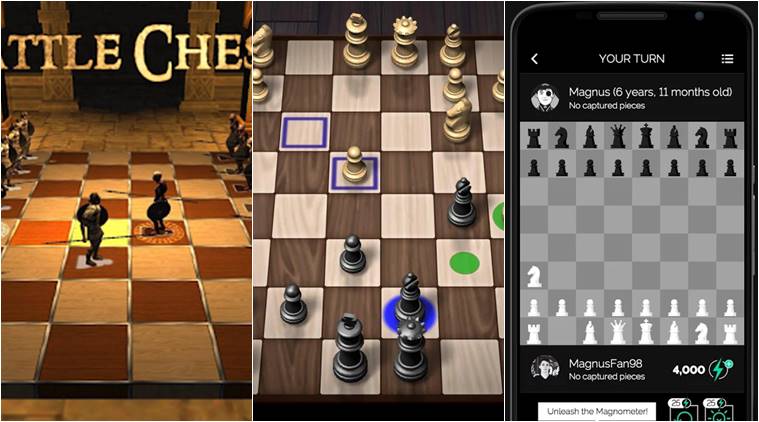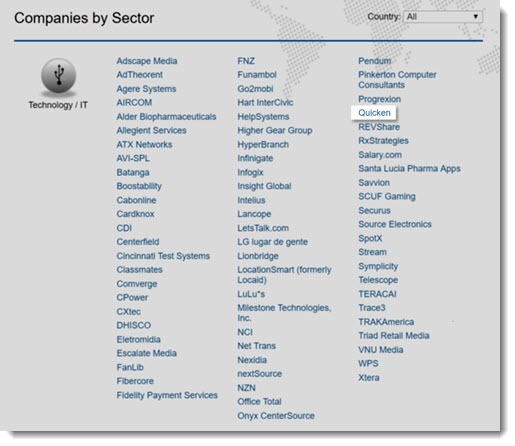Strategy & Execution
We are experts in inclusion, leadership and multi media communication. Learn more about RealPlay. All; Corporate; Drama Based; Online; Safety; Workshops. What is Realplay? We come to your field and film your games. Coaches who use Realplay have the ability to show players how they can improve rather than just. Role play is dead, long live real play! For those of us who have always struggled with role playing in training, whether facilitator or learner, this may herald great tidings. In the past year or so I have led a number of real-project learning experiences which I'd love to share with you.
The Edelman Global team developed an earned, influencer and social strategy based on local data about lack of play, as well as materials to be deployed in markets. They worked closely with the Edelman network to support DiG and their partner NGOs by developing tailored plans that would make Outdoor Classroom Day famous, position the topic on the media agenda and drive sign-ups from schools. Using local statistics and validated voices such as experts and key opinion formers, we managed to drive a conversation about the importance of play and inspire ways to let it happen more.
Real play is a captivating programme which supports families through the power of play. The real play programme is available to all real PE members. It includes training, the very best innovative resources and is supported by Jasmine - your real PE.
Additionally, we have developed a Real Play whitepaper with Sir Ken Robinson to reinforce the brand’s POV and support the conversation. In 2018, we created and launched the Real Play Coalition, the first of its kind. The coalition, a partnership between DiG, LEGO Foundation, IKEA and NatGeo, aims to address the importance of play among parents and in society, and drive change, using the reach and influence of their brands.
It’s a common scenario – participants groan when they hear, “Now we’re going to engage in a role-play.” Yet when a learning engagement is designed, and it comes to practicing new skills, this often includes role-play. Role-plays are a great way to have participants use and apply newly acquired skills in a safe environment where they can discuss the process and get feedback from experts and peers. Unfortunately for participants, role-plays frequently feel awkward, uncomfortable and even unrealistic. So how do you change that? Turn our role-plays into real-plays.
Get rid of role-playing and be yourself
The first step in turning a role-play into a real-play is to get rid of the roles! Create the context of the situation while allowing participants to be themselves. Practicing and learning new skills is not about how well one can act or take on the persona of someone else. It’s about the participant understanding exactly what adjustments or further development they need to become fully versant in the skill or competency.
Practice with experts
Next, don’t have participants practice with each other – have them practice with people familiar with the real-world situation such as a colleague, direct report, manager or client. Some say bring in actors. Yet this doesn’t add to the realism when the actor is not familiar with terminology, industry standards, or just simple roles and responsibilities of the people in the situation.
Bringing in colleagues, direct reports, managers or even clients creates another level of preparation – yet the return makes this preparation more than worth it. The participants take it seriously, they practice something real – not acted, and they get feedback from individuals they respect.
Crack hack forum account dumps roblox. Limit the focus
It can be a challenge, but limit the focus. Avoid the temptation of doing a role-play at the end of a learning engagement to “pull all the learning together.” This can actually detract from the experience. Participants have so much they are trying to remember and practice, they get frustrated and the activity falls apart. And your real-players (colleagues, peers, or managers) can’t remember everything either.
Focus on one set of skills so that you can create clear guidelines for the participants in regards to what they are practicing and the real-player in terms of what they will say and/or do. And to do this, you actually have to limit the possible outcomes. This doesn’t make it less real, it actually helps you create a consistent experience across the group. A good rule of thumb is to have three possible outcomes – the best possible, good / okay, and the least favorable.

Dedicate as much twice, often more, to debrief / discussion
After you’ve focused the activity and put thought into that design, put just as much effort and thought into designing how the activity will be debriefed. Oftentimes, debriefing is a mere five minutes consisting of some version of the three standard questions, “What went well? What went amiss? And what could have been done better?” These are good questions, but don’t rely solely on these questions.
Identify the pivotal moments in the real-play where certain actions or words said by the participant could steer the situation toward one of the possible outcomes. This is all about creating success criteria and a scorecard. Clear success criteria not only helps the real-player know what to say and do, but it also provides for a rich debrief of what happened and why.
A rich debrief takes time. A rule of thumb here is that the debrief should be given at least as much, if not two or three times more, time as the real-play itself.
Get everyone involved

Another challenge of role-plays is getting the entire group or audience involved. It’s why the triad structure is so popular – one person practices while the second takes on the role and the third person observes. The drawback is the triad has to role-play three times so everyone can get a turn to practice. By the third round, the role-play feels rote and the activity loses most, if not all, of its value. And the quality of the discussion that follows the role-play is typically pretty low.
Real Play Sims Golf

With real-plays you can preserve the value of the practice, but you still have the challenge of getting the group involved. Without the luxury of time to have each person real-play, what you can do is have participants prepare together – and don’t tell them which person is going to conduct the real-play until a few minutes before. Similar to the traditional triad structure, anyone not real-playing is an observer. But in a real-play, provide the observers with the same, or similar, scorecard as the real player. This allows the observers to become actively involved when it comes time to debrief. If there is a score being assigned at the end, allow the observer’s score to be part of the final.
Real Play Poker

Real Player For Kindle Fire
Designing and delivering a real-play vs. a role-play is definitely more time-intensive, as you can see from the items that need to be considered and the identification and preparation of the real players. What better way to conclude a learning activity than with participants asking, “When are we doing another real-play?”


Comments are closed.